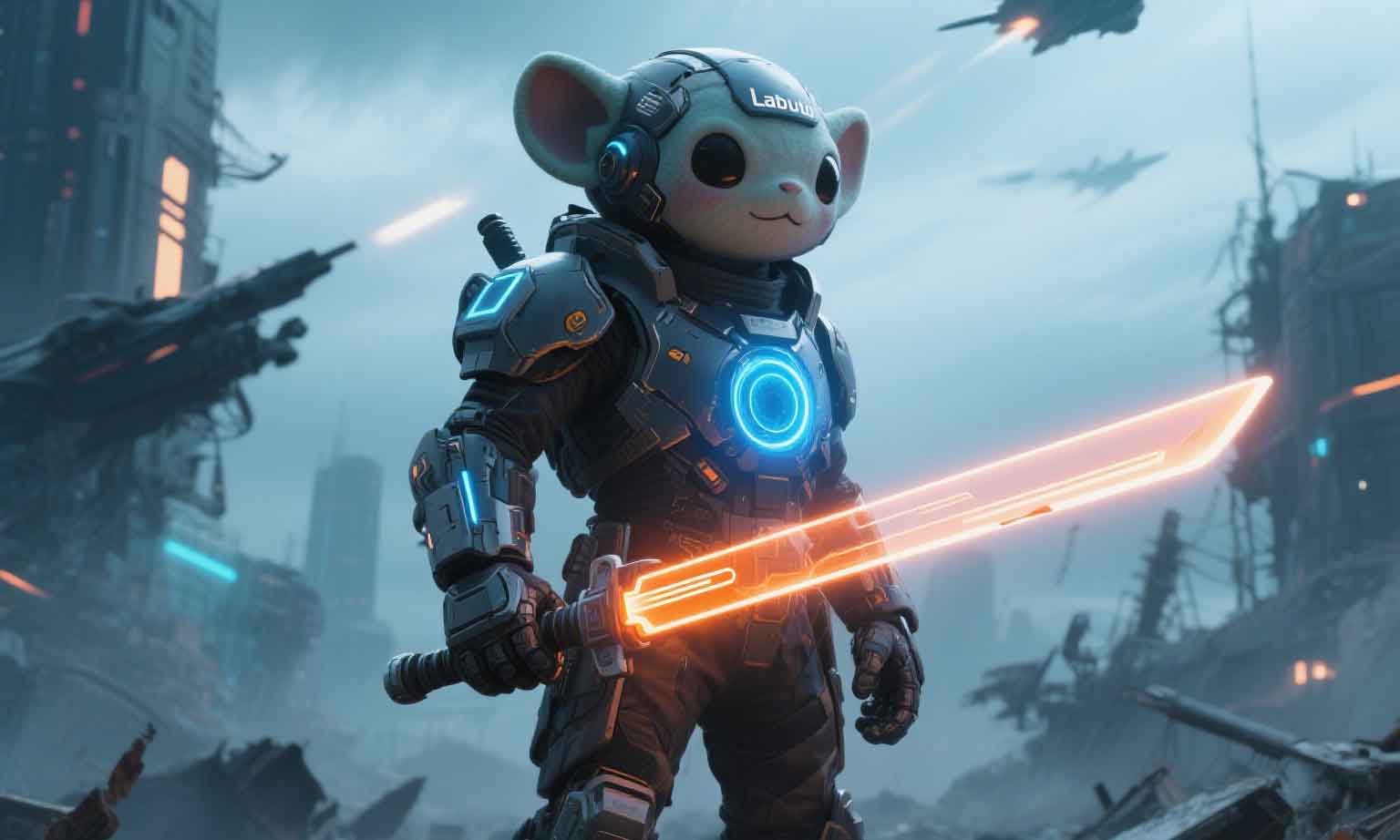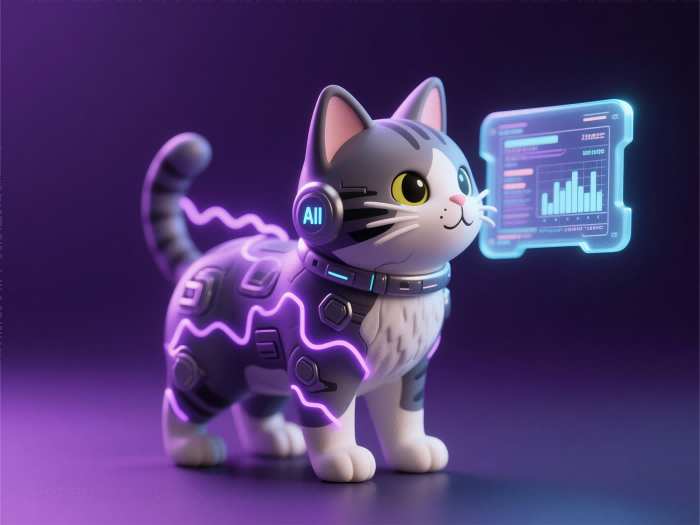AI Toys: Redefining Play in the Digital Age
江浸月 2025-06-20
The toy industry is undergoing a revolutionary shift as artificial intelligence (AI) transforms traditional playthings into interactive, intelligent companions. AI toys, once confined to science fiction, are now reshaping childhood experiences by blending entertainment with education, fostering creativity, and addressing modern parenting needs.
The toy industry is undergoing a revolutionary shift as artificial intelligence (AI) transforms traditional playthings into interactive, intelligent companions. AI toys, once confined to science fiction, are now reshaping childhood experiences by blending entertainment with education, fostering creativity, and addressing modern parenting needs.
In an era where screens dominate daily life, AI toys offer a refreshing alternative: play that is interactive, educational, and mindful of human connection. As technology advances, these toys will continue to bridge the gap between the digital and physical worlds, ensuring that the magic of play endures in the 21st century.
Technological Breakthroughs and Market Growth
AI toys leverage advanced technologies like large language models (LLMs), natural language processing, and multi-sensory interaction to create dynamic play experiences. For instance, Curio’s Grok, a plush AI companion, engages children in conversations about rockets, plays games, and adapts to individual personalities . Such innovations have fueled explosive market growth: the global AI toy market is projected to surge from $8.7 billion in 2022 to $35.11 billion by 2030, with China alone accounting for over 30% of the market by 2025 . Products like Tesla’s Tesla Bot Action Figure and ByteDance’s "Xianyanbao" have become cultural phenomena, selling out within hours and driving secondary market prices to unprecedented heights .Educational Empowerment and Personalization
AI toys are redefining early childhood education. Unlike static toys, they offer tailored learning experiences. For example, ToyPal creates personalized stories starring the child, embedding math, language, and life skills into narratives . Similarly, the "Bear Nienie’s Journey" AI plush toy, developed by Haoqile and Beijing CoreSound, combines an IP-driven adventure with STEM lessons, using the "Qianyue" voice model to adapt to a child’s cognitive level . Studies show that 83% of parents are willing to pay premiums for AI toys that enhance STEM education and problem-solving skills , reflecting a shift toward "edutainment" in modern parenting.Social Interaction and Emotional Companionship
AI toys serve as both playmates and emotional anchors. Anki’s Vector robot, equipped with facial recognition and emotional feedback, remembers users’ preferences and engages in playful banter, reducing loneliness in children and even elderly users . However, concerns arise about the balance between virtual and real-world interactions. While AI companions like Moflin (a robotic pet) provide comfort, psychologists warn that overreliance may hinder children’s ability to interpret human emotions . To mitigate this, designers are integrating features that encourage shared play, such as collaborative storytelling or family trivia games.Ethical Considerations and Privacy
As AI toys collect data through microphones, cameras, and sensors, privacy remains a critical issue. Incidents like the 1999 Furby ban at the NSA highlight historical concerns about data security . Today, companies like Curio emphasize end-to-end encryption and G-rated content to protect users . Regulatory bodies are also stepping in, urging manufacturers to adopt strict data protocols and parental controls . Striking a balance between innovation and security will be key to maintaining consumer trust.The Future of Play
AI toys are not just gadgets—they are catalysts for cognitive and emotional growth. By merging imagination with AI-driven adaptability, they prepare children for a tech-centric world while fostering creativity. As seen in products like BubblePal, which transforms ordinary dolls into AI companions , the industry is moving toward modular, customizable experiences. The next frontier may involve AI toys that learn alongside children, evolving their personalities and capabilities over time.In an era where screens dominate daily life, AI toys offer a refreshing alternative: play that is interactive, educational, and mindful of human connection. As technology advances, these toys will continue to bridge the gap between the digital and physical worlds, ensuring that the magic of play endures in the 21st century.













